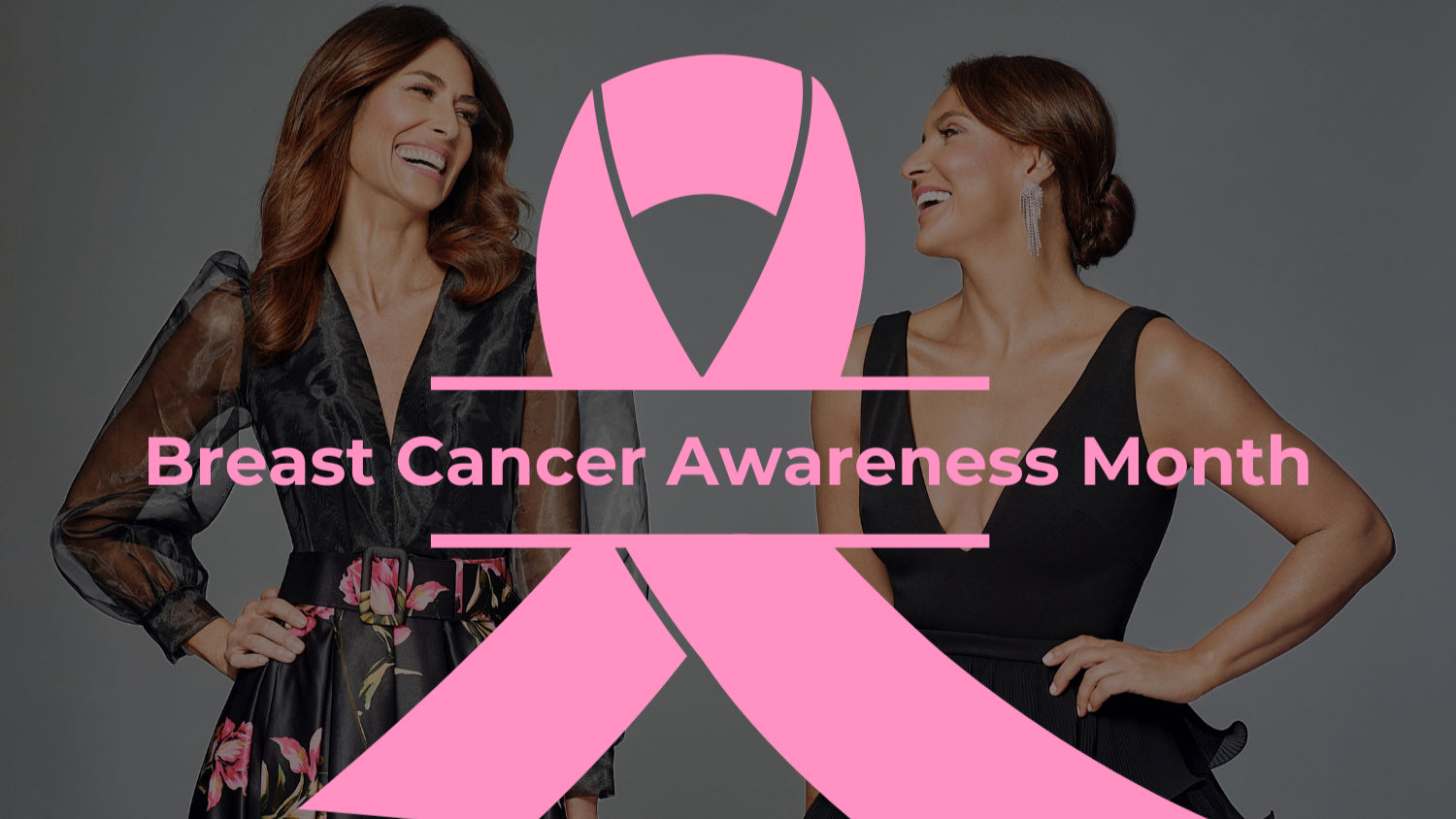This October, Betsy & Adam proudly supports the National Breast Cancer Foundation in their mission to inspire hope and provide life-saving resources to those affected by breast cancer.
Making History
Breast Cancer Awareness Month has been observed every October since 1985. Initially a week-long campaign by the American Cancer Society, it gained greater recognition in the 1990s with the introduction of the iconic pink ribbon. This movement began with Charlotte Haley, who, after seeing the impact of breast cancer on her family, distributed peach-colored ribbons with a call to action: “The National Cancer Institute annual budget is $1.8 billion, only 5 percent goes for cancer prevention. Help us wake up our legislators and America by wearing this ribbon.”
In 1992, Alexandra Penney, Editor-in-Chief of SELF magazine, teamed up with Estée Lauder to launch the second Breast Cancer Awareness Month issue. Inspired by Haley's message, they introduced the pink ribbon, which became the movement’s symbol. Today, variations of the pink ribbon represent different types of breast cancer, continuing to raise awareness and support.
Breast Cancer in the U.S.
In the U.S., 1 in 8 women will be diagnosed with breast cancer in their lifetime. In 2024 alone, an estimated 310,720 women and 2,800 men will be diagnosed with invasive breast cancer. While many of us know someone affected by the disease, there is positive news: breast cancer mortality rates among women have dropped by 42% between 1989 and 2021. This progress is largely due to advancements in early detection and treatment. When breast cancer is caught early and remains localized, the five-year survival rate is an impressive 99%. Today, over 4 million breast cancer survivors live in the U.S., underscoring the importance of awareness, early screening, and medical breakthroughs in saving lives.
Early Detection
The American Cancer Society emphasizes that early detection, especially while the cancer is still localized, leads to a 99% five-year survival rate. Regular screenings—monthly self-exams, clinical breast exams, and mammograms—are key to early detection. Learning to perform self-exams increases the likelihood of catching breast cancer early.
Healthy Living
Healthy habits, including a balanced diet, proper hydration, and boosting immunity, play an essential role in preventing breast cancer. Consistently maintaining these habits can improve long-term health.
FAQs
A 2019 study revealed that women who use permanent hair dye and chemical hair straighteners have a higher risk of developing breast cancer. From family history to hair products, it’s important to have your questions answered by credible sources. Check out answers to the most common questions about breast cancer.
Myths
Contrary to popular belief, deodorants—whether they contain aluminum or not—do not cause breast cancer or any other type of cancer, according to scientists at the American Cancer Society. There is a lot of misinformation out there, so make sure you're getting your facts straight. Discover what other myths have been debunked to help you live your healthiest life.
HOPE Kit
HOPE Kits are a tangible expression of support, offering comfort and encouragement to women undergoing breast cancer treatment. These kits are filled with thoughtful items that patients have said provide comfort during their treatment. You can request a HOPE Kit for someone in need today.
Educate, Support, Act.
Together, we can make a difference in the fight against breast cancer.










